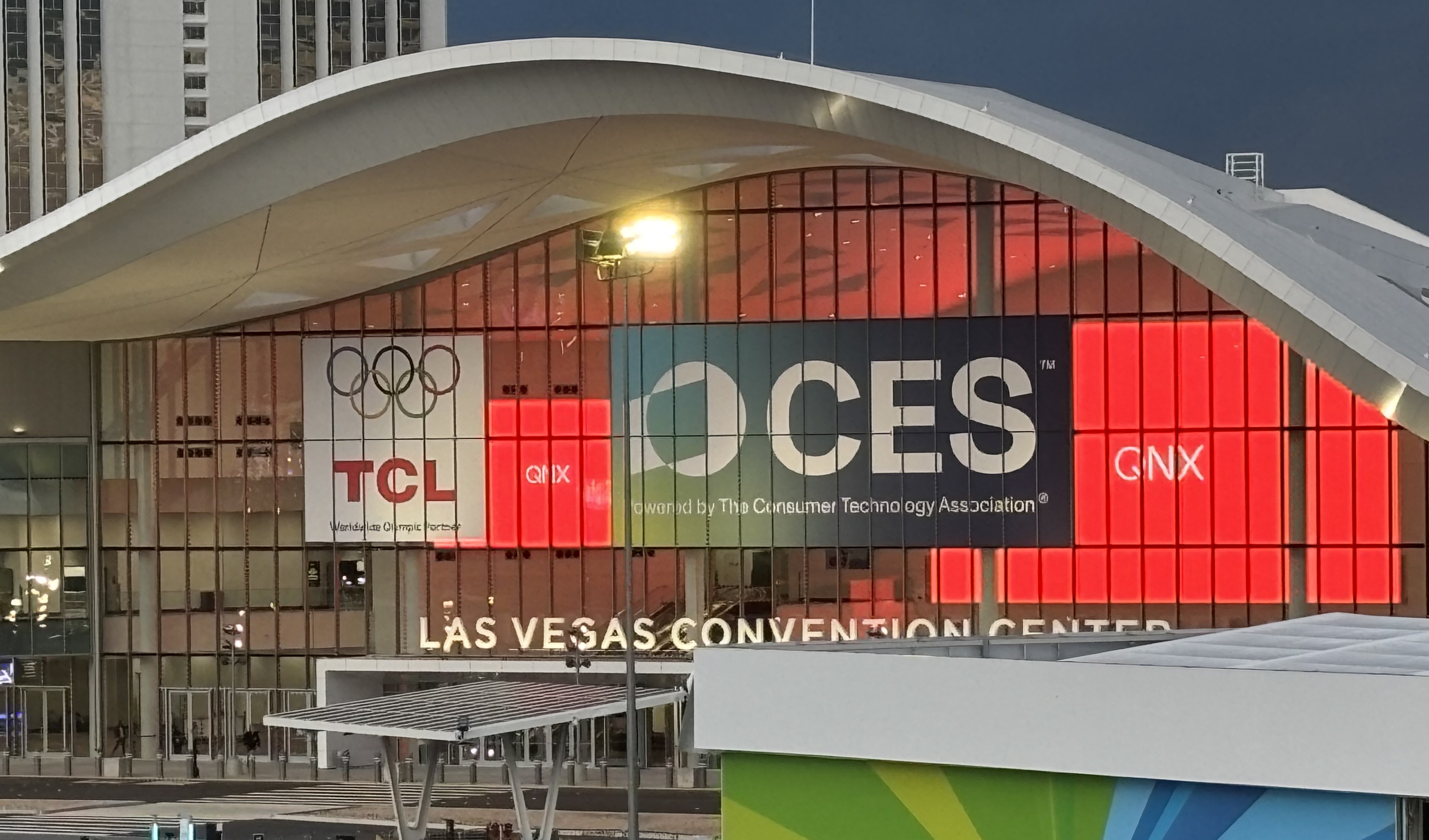
Data Isn’t Valuable Until You Do Something with It. That’s Why Data Sharing Partnerships Like This are So Important in Every Industry.
A few months ago, Zebra and ServiceNow announced a key systems integration, enabling the RFID tag and sensor data collected via Zebra MotionWorks Enterprise real-time location systems (RTLS) to be fed into ServiceNow® Hardware Asset Management (HAM) using the Zebra Asset Management Connector. That data is, in turn, managed by ServiceNow HAM, a web-based platform that provides users with an auditable “system of record” for those IT hardware assets. As a result, data is automatically captured via RFID and input into a single ServiceNow platform that allows for robust reporting and automated workflows for the full asset lifecycle. Pretty great, right?!
Well, now we have even bigger news!
As we’ve worked with ServiceNow to see how we can help make your job even easier, we realized that we could connect our systems in additional ways. As of today, the MotionWorks Enterprise platform is also integrated into ServiceNow Enterprise Asset Management (EAM), extending the asset categories beyond IT so you can track all your physical business assets using the location awareness and inventory data that help inform your operations.
In other words, data about your plant, property and equipment assets like heavy equipment, vehicles, and production machinery, as well as facility assets, spare parts, and industry-specific items, will flow into the same ServiceNow platform as your technology hardware data. One management console gives you a collective, focused, and actionable view of the status of each asset: what is it, where is it, what condition is it in, and how is it being used. You might say this connection between the Zebra and ServiceNow platforms is as significant as the installation of the first transatlantic telegraphy cable, especially if keeping your job depends on you keeping assets available 24/7.
It’s no secret that constant communication is key to keeping inventory and service ticket completion rates moving in the right direction. However, communication between back-end systems is just as critical as communication between front-line workers. It doesn’t do you any good if Zebra’s MotionWorks Enterprise system knows where your assets are, but you don’t. That’s why we wanted to ensure the information we’re gathering through our RFID and location sensing technology is making its way to your team members if you rely on ServiceNow to inform your operations. They’re the ones who will know best if something is amiss, and they’re the only ones who can take action to fix it before it disrupts your business.
So, I asked Michael Smith and Eric Ferrington, product managers for ServiceNow HAM and EAM applications, to share a bit more about what our two companies have done to get our systems talking to each other and how that information exchange will ultimately help you:
Kent: Tell me a little bit about who uses ServiceNow HAM and EAM and how they’re primarily used.
Michael: Anyone with a need to manage their asset estate for the entire asset lifecycle will find instant value with ServiceNow HAM. A very diverse set of companies use ServiceNow, spread across most major industries, global locations and small to large asset footprints. These customers are often looking to HAM to solve similar issues. Their needs are simple – to know where their assets are located and to be able to report against them at any given time. However, this can be complicated when assets are offline or are in transit. ServiceNow HAM will provide relevant asset data and automated workflows to keep the data accurate as the assets move throughout their lifecycle from procurement to disposal.
Eric: The workflows built into ServiceNow HAM and EAM allow asset managers to focus on being great asset managers rather than detectives or data entry folks. Prescriptive, out-of-the-box automation ensures that, as assets move locally or across the globe, data is being accurately captured and tracked without the need for manual intervention.
Kent: I would imagine that this type of information would be valuable for asset protection/loss prevention purposes as well, right?
Michael: It is critical. By keeping an audit trail of every time an asset is updated as well as all the asset specific details in one system of record, we can assist in asset recovery of valuable hardware or ensure that systems are in place to protect sensitive data and information.
Eric: Risk management is a major reason that organizations choose to adopt a HAM or EAM program. Many organizations struggle with local teams each having their own method of asset management (oftentimes, spreadsheets), and the consolidation and unification of these data sources provide tremendous relief that assets are under surveillance.
Kent: Why did your team feel it was so important at this moment in time to integrate with Zebra’s MotionWorks Enterprise RTLS platform and pull in asset location data?
Eric: Companies today have a growing need to automate inventory management and tracking as the volume and variety of assets used in operations keeps expanding. That can be difficult when they don’t have location data available in real time or they can’t see all asset updates in one place. With the Asset Management Connection software module acting as a bridge between the Zebra and ServiceNow systems, customers are able to see all of the data collected via RFID readers, Bluetooth Low Energy (BLE), IoT bridges, and even barcode scanners in a single pane of glass. This single source of truth has a massive impact on the way inventory managers are able to execute.
Kent: I know having this single source of truth has always been championed as the gateway to competitive gains. Once teams have better asset visibility, it becomes easier to improve utilization and, subsequently, productivity and output. So, tell me what specifically will change for customers now that MotionWorks Enterprise RTLS data will be flowing into both the ServiceNow HAM and EAM systems. What will they be able to see and do that they couldn’t before?
Michael: As IT hardware moves throughout the organization, we rely on people to make accurate and timely updates. Even though we automate updates through processes, there are times when assets move outside of formal processes. MotionWorks will provide real-time data on asset locations. It takes hours, sometimes days to physically audit a data center. This is often a challenge with assets stacked so tightly with wires and other hardware blocking asset tags. Workers risk accidentally taking a server offline if a wire is moved or a plug gets bumped during the physical audit. With MotionWorks, the audit is always on, and assets are constantly being audited even if they are offline.
Kent: In addition to confirming the physical location of assets, ServiceNow customers will also be able to get alerted to asset utilization issues, right?
Michael: There are many cases when assets are meant to be in a location, and if they are moved while being offline there is no way to track them. With MotionWorks, we can help ensure that assets stay in the zones that they are meant to be in, and we are alerted when they are on the move.
Kent: If a hospital administrator, manufacturing plant manager, or warehouse operator approached you and said they wanted to automate inventory tracking and management using this combined system, what would have to happen? Is there any legwork needed on the customer side? Or would Zebra and ServiceNow manage the full RTLS system deployment and info exchange setup from start to finish?
Michael: With any implementation, there will always be some level of effort dependent on the current state of asset-related processes and data, as well as the outcomes required for success. ServiceNow and Zebra will fast track this journey with intuitive, guided set up configurations and an easy to install connector that links both systems together. Once the two platforms are connected, all that is left to do is physically tag the assets and let the automation handle the rest.
Eric: The required legwork is only to ensure ServiceNow HAM and MotionWorks are active, and the assets are tagged with RFID tags. With that in place, companies will have real-time inventory tracking with no additional effort.
Kent: Do you see this Zebra-ServiceNow integration setting the stage for other types of information exchanges? For example, MotionWorks Enterprise is sending asset data to ServiceNow HAM and EAM for actioning. But could we expect to see inventory forecasting, planning, inspection, or order fulfillment-related transaction data aggregated in a similar way in the future to help provide a single source of truth about all operational functions in a ServiceNow console?
Eric: System fragmentation continues to exist, and opportunities to drive efficiency in those realms is absolutely on our radar. The sky is the limit as we develop further information systems integrations, and we love to hear from our customers on problem areas that we can streamline.
###
Editor’s Note:
If you would like to learn more about how to get your Zebra MotionWorks data integrated with ServiceNow HAM and EAM, please contact your local Zebra or ServiceNow representative.

Kent Landry
Kent Landry currently leads Location Solution Sales for Zebra in North America. In this role, he is responsible for leading the sales and business development efforts for Real Time Location Systems (RTLS) across all industry verticals. Kent and his team provide sales, engineering and solution consulting to enable end users to positively impact workflows via RTLS solutions.
Kent has more than 20 years of experience within the Information Technologies Outsourcing (ITO) and Location services industry. He has been the key executive leader in delivering first-of-a-kind solutions that help customers improve business operations while positively implementing change management adoption. Previously, he served as the business leader at Lexis-Nexis, IBM/Lexmark, Dell, Windstream and Motorola Solutions where he was responsible for driving new and innovative business solutions to address the needs of those global markets. Kent holds a bachelor’s degree in Business/Managerial Economics from Wright State University, Dayton, OH.




